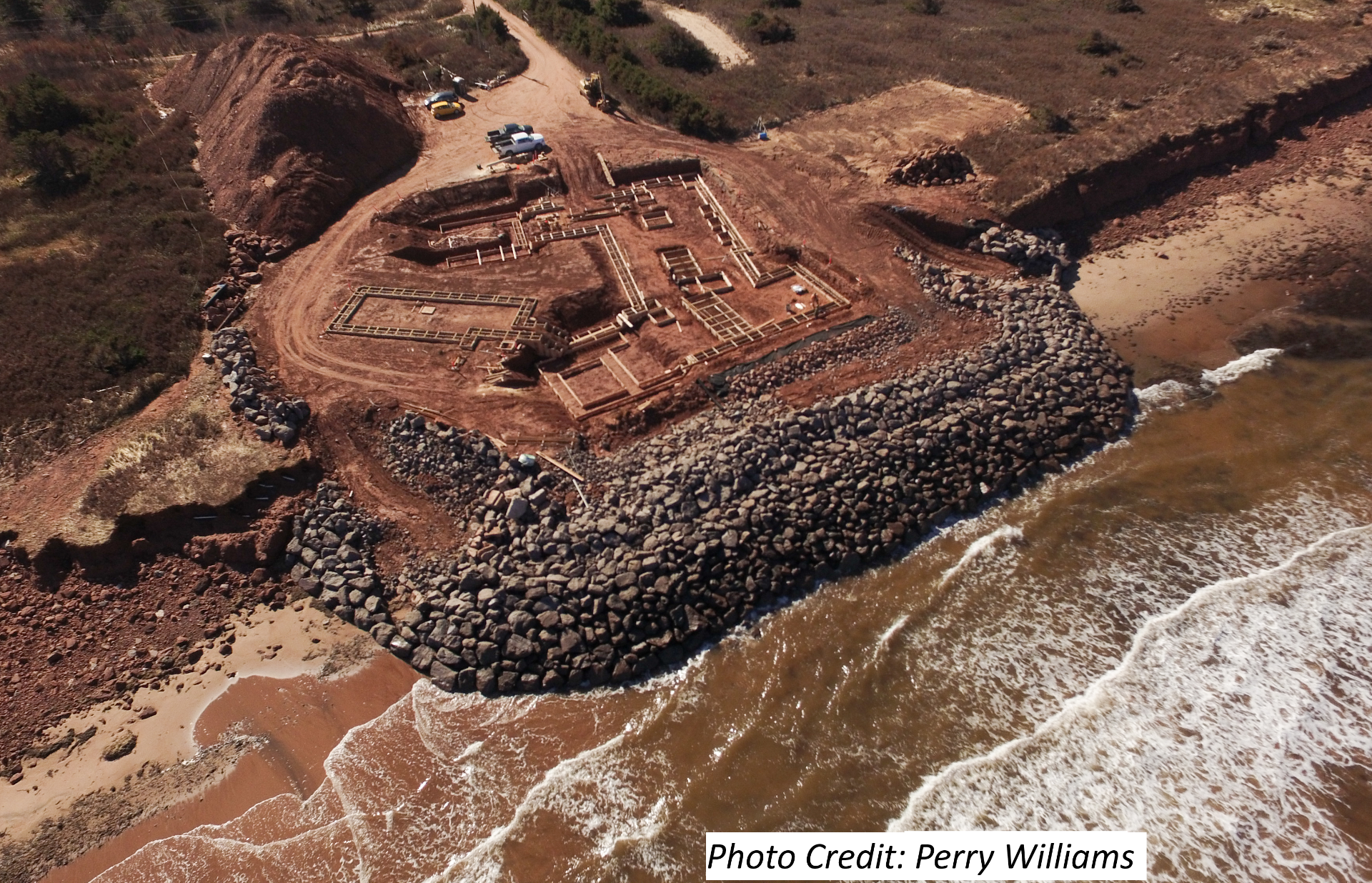Native Plants for Shoreline Resilience
August 05, 2025
By Gary Schneider
I recently asked Becky Byrne, the long-time Macphail Woods Nursery Manager, about what she’s hearing from the public, her answer was shoreline erosion. “That’s the number one reason people come to me,” she said.
And what does she tell them? “Please stop mowing your shorelines. Stripping them down naked makes them vulnerable and promotes erosion. I see this all the time.”
Becky went on to say that “Mowing or rock armoring are not the only options. Most people are not aware that when they armor with Nova Scotia rocks, they are doing so without consideration of their neighbours.”
In ts province, we have countless examples of where landowners have rocked their shoreline and wound up doing a real disservice to the neighbouring properties. Protecting your own shoreline with rocks can cause scouring around the edges, where the waves now cut into the shore even more deeply. That’s not being a good neighbour.
Becky said that there are other options. “Armouring your shoreline with a variety of native plants – ones suited to the conditions - can provide food and shelter for our local wildlife and slow down the natural erosion process. You can even include things like a pollinator bed – there are so many possibilities.”
What types of plants work in these conditions? Shorter native shrubs such as wild rose, bayberry, sweet gale, and spirea thrive in coastal conditions and their spreading root systems help hold our sandy soil together.
Red oak is always an outstanding choice for shoreline plantings, as it has a deep taproot that does a great job of holding everything together. Red maple, white birch, and grey birch are usually included in these plantings, along with taller shrubs such as serviceberry, chokeberry, hawthorn, winterberry holly, staghorn sumac, and willow.
White spruce is a tree that can take a lot of punishment from the weather, but they are very shallow-rooted and so shouldn’t be used right on the edge of a cliff.
It is understandable that people don’t want to get rid of their view of the water but even having some of your shoreline planted in trees will be a help. The shorter shrubs can be planted to form a buffer that won’t interfere with the viewscape. The trees and taller shrubs can be strategically grouped together, spaced so that you still preserve views of the water.
Under Becky’s guidance, our nursery is starting to propagate many of the other species that will grow in these areas – everything from common and creeping juniper to crowberries and even cranberry. There are also many types of native grasses that can help slow down erosion on low-sloped shorelines.
Using appropriate native plants can be the start of developing a partnership with nature and can bring about a wide variety of positive results – increasing biodiversity in an area, providing food and habitat for many species of birds and insects, and beautifying your property. These are the types of results we should be looking for.
